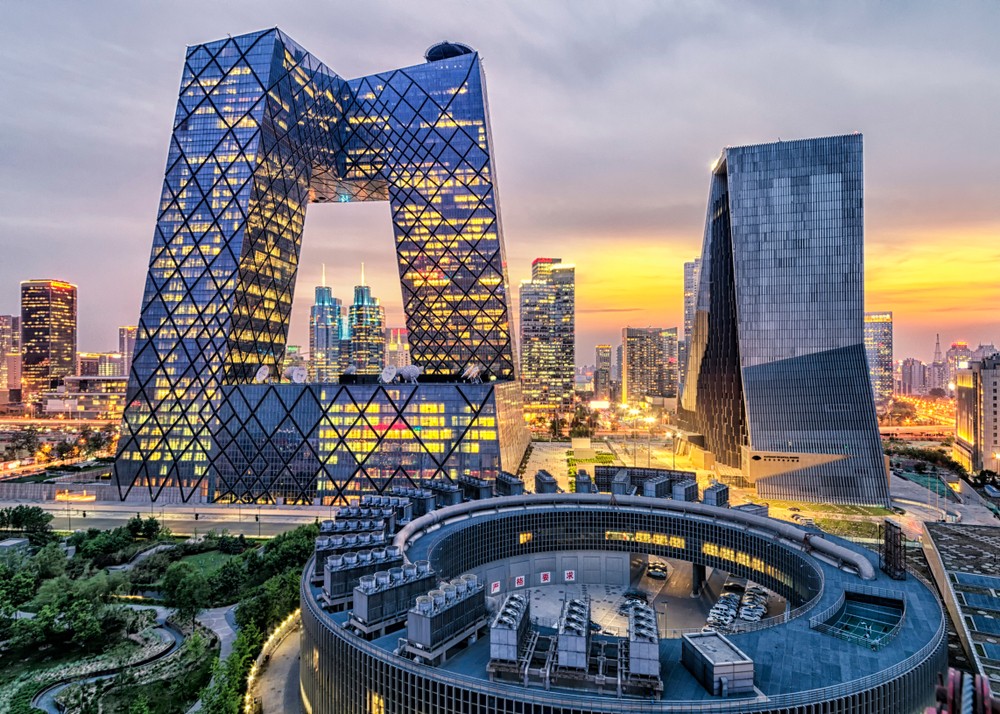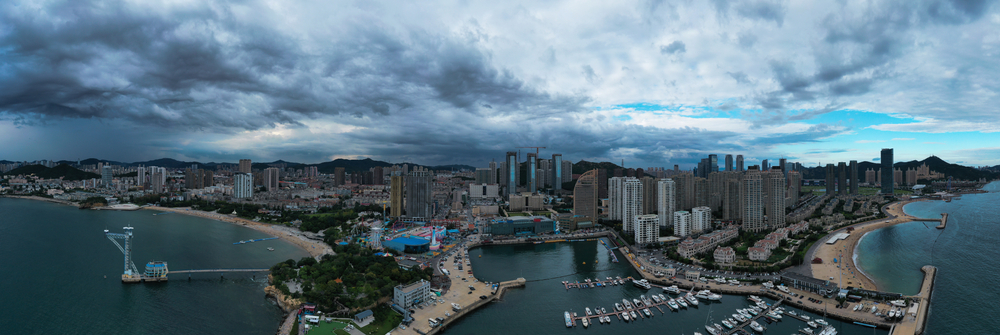I WANT
RELATED LINKS
I WANT
RELATED LINKS
RELATES LINKS
I WANT
RELATES LINKS
Services
Related Links
Use and Management of Cookies
We use cookies and other similar technologies on our website to enhance your browsing experience. For more information, please visit our Cookies Notice.
- Personal Banking
- Stories & Tips
- BUSINESS MAKER
- Know City Tier Before Penetrating Chinese market
- Personal Banking
- ...
- Know City Tier Before Penetrating Chinese market
Know City Tier Before Penetrating Chinese market
01-08-2021
When entering Chinese market, you may be familiar with “City Tier” or a hierarchical classification of Chinese cities which is the first factor to study before entering Chinese market. Most entrepreneurs misunderstand that all cities in China are the same. In fact, China has a vast land area and each city has great diversity in size, purchasing power, and people’s taste and demand. Before running a business in China, you should know who you want to sell products to, and where to launch your products. You can make primary consideration from City Tier information to get an insight into the market.
What would City Tier consider?
City Tier classification is not official information from the government but from an analysis of reliable media such as Yicai Global, South China Morning Post, Mafengwo Report, by gathering all dimensions of information comprising land size, population number, infrastructure readiness; transportation network, high-speed rail, airport, etc., people’s lifestyle, business opportunity including Big Data.
Here are examples under 5 criteria of Yicai Global in 2020
1) Commercial Resources Index (22%) For example, the number of stores that sell brand products, an increasing number of brand stores, the number of customers entering the store, the number of online stores, the number of restaurants, clothes, and supermarkets.
2) City as a Hub Index (20%) 1Considering transportation network between the cities such as, access to high-rapid rail, the number of stations, the frequency of rail routes, the number of airports, the number of domestic and international flights, and product distribution centers, etc.
3) Urban Residents Activity Index (18%) Measuring by citizen consumption such as, online shopping, the use of Tencent social network, the use of electronic tools, the use of TikTok, nightlife activities like pub and bar hangouts, Livehouse, going to the cinema at night, and night transportation routes.
4) Lifestyle Diversity Index (18%) Measuring by a variety of restaurants, museums, sports matches, café, bookstores, cinemas, live performances, proceeds from purchasing books via jd.com, shopping on Taobao, travel information on mafengwo.com, etc.
5) Future Potential Index (22%) For example, the number of Startups, platforms, the number of fundraising, the number of high-quality local companies, air quality, labor hiring, the quality of students, GDP numbers, the number of permanent residents, the growth rate of permanent residents, the number of foreign workers, etc.
Even though City Tier is not official information but most foreign investors use that data as a reference when considering the strategic plan in running a business in China.

How many levels are in City Tier?
The city tier is classified into 4 levels.
1) First-tier cities comprising Beijing, Shanghai, Guangzhou, and Shenzhen. Those are the most 4 developed cities in economics and infrastructures as people have high purchasing power. All are large cities that have political and cultural influence over the country.
2) New first-tier cities comprising 15 cities; Chengdu, Hangzhou, Chongqing, Wuhan, Xi’an, Suzhou, Tianjin, Nanjing, Changsha, Zhengzhou, Dongguan, Qingdao, Shenyang, Hefei, and Foshan. All are big cities with high development in economics and infrastructures after the 4 First-tier cities. Consumers also have high purchasing power.
3) Tier 2 cities comprising 30 cities and most are major county or on the east coast; Xiamen, Fuzhou, Wuxi, Kunming, Harbin, Jinan, Changchun, Wenzhou, Shijiazhuang, and Nanning, etc. All cities are not as booming as the new First-tier cities.
4) Tier 3 cities comprising 63-71 cities (depending on the ranking person) which are as prosperous as the district level, and are considered economically developed cities.

Select the right city and market to sell products via Cross-Border E-Commerce
Ms. Pimkwan Aditapsatit, AVP of SCB China Business Development, expertise in China business, introduced that Cross-Border E-Commerce (CBEC) is to export products from Thailand and sell on e-Commerce platforms in China. It is an easy and suitable channel for SME business which can directly access to Chinese consumers. Consumers in each City Tier have different needs about products, shopping style, and platform. For example, First-tier cities prefer the world’s super-luxury brand and shopping via Tmall, Kaola, JD, and RED while consumers in New first-tier cities love international premium-quality brands and shopping on social E-Commerce like WeChat and TikTok. Tier 2 cities look for local premium brands and shopping via Mini-Program, and Pinduoduo (PDD). Finally, Tier 3 cities are price sensitive, admire local brands,s, and shopping via PDD and Wishing.
As China market is diversified and dynamic, entrepreneurs need to study and understand Chinese consumer behaviors including the City-Tier System as one of that market factors. Consequently, entrepreneurs will be able to do market segmentation to find the right customers for their products, select suitable CBEC platforms in line with the target group, and create an efficient market strategy.
Entrepreneurs who are interested in running a business in China and need information about trading on SCB Overseas Flagship Store, please contact China Business Development at [email protected], Tel: 02-5444960 WeChat SCB_ Thailand. For more detail, please visit www.scb.co.th/cn, SCB Flagship Store on JD International and Tmall Global.
Source: Lecture topic “Expanding your Brands to China Market through Cross-Border E-Commerce” on October 29, 2020
https://www.yicaiglobal.com/news/hefei-foshan-enter-china-list-of-emerging-first-tier-cities
https://thaibizchina.com/wp-content/uploads/2018/11/hanchejen-part02.pdf
https://thebiggestcitiesinchina.com/tier-1-cities-in-china-definition-and-rankings/
https://en.wikipedia.org/wiki/Chinese_city_tier_system
https://www.china-briefing.com/news/chinas-city-tier-classification-defined/
